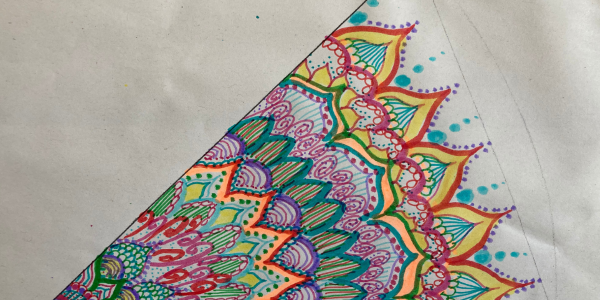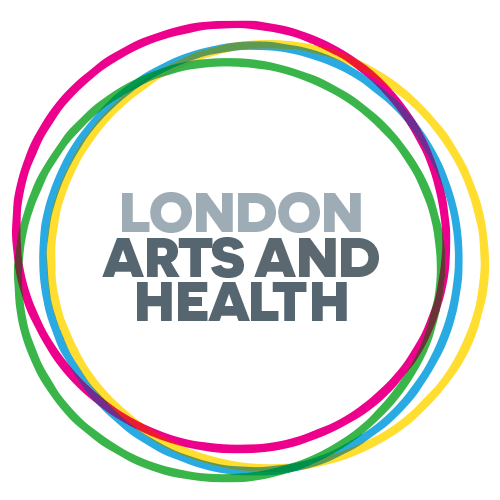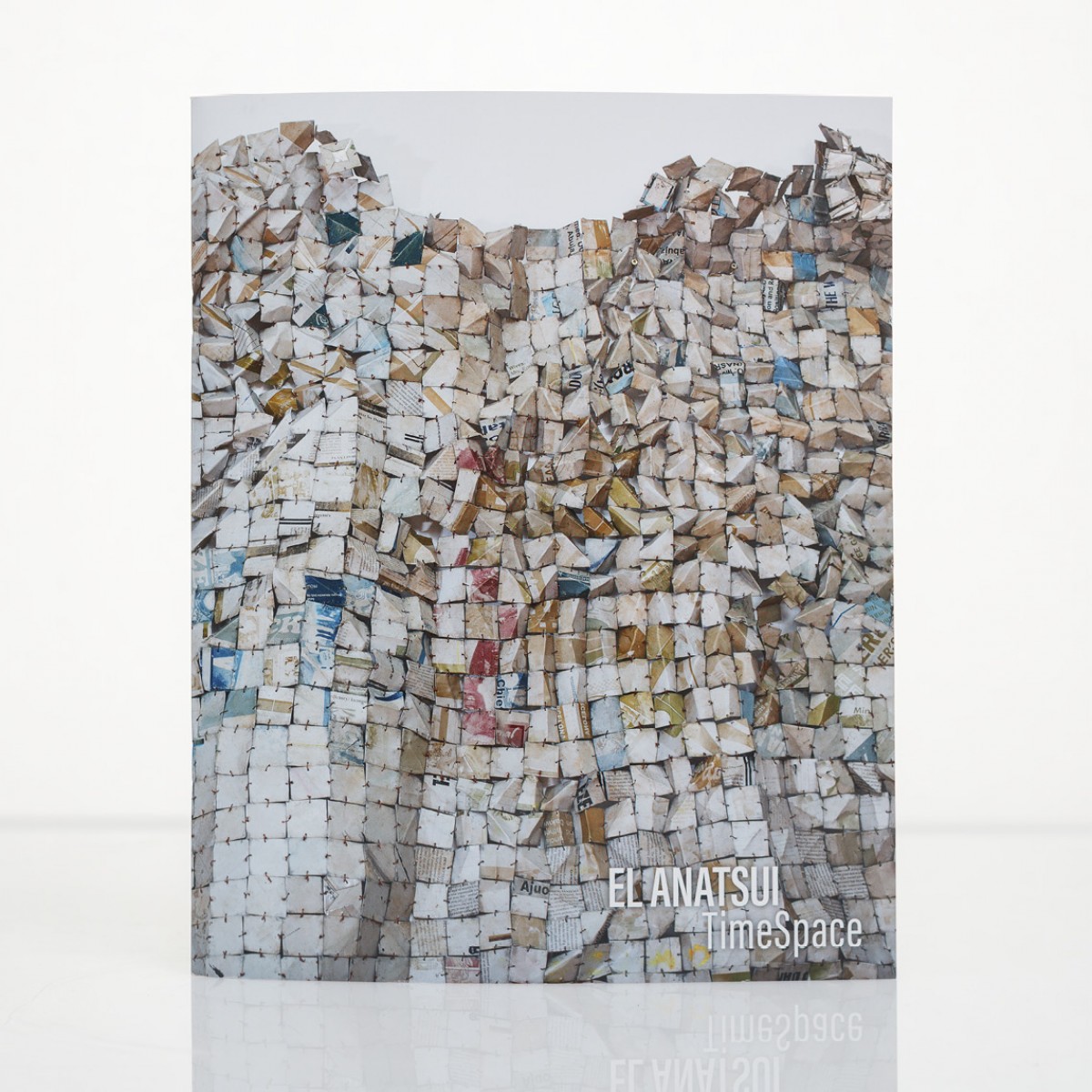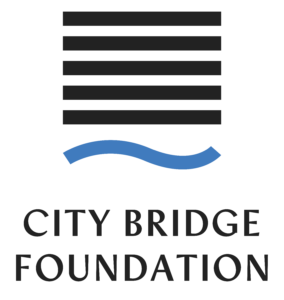Celebrating women artists, activists, writers, performers, community groups and organisations, with a diverse programme of…

Taking part in creative projects lifts mood
The Annual Report from Oxford Health Arts Partnership is published today. In the last year they have delivered 370 arts sessions reaching out to over 3,200 people.
Taking part in an arts project and being creative results in patients having a 48% increase* in mood compared to how they felt beforehand analysis by the Oxford Health Arts Partnership (OHAP) has found. This figure forms part of its findings of the impact that the arts can have in the healthcare setting and is published in its 2022 annual report today.
Over the past year the OHAP has delivered over 370 arts sessions reaching out to over 3,200 people.
There is a growing body of evidence that shows that improving access to the arts can have a significant effect on people’s health and wellbeing and in addition to the physical sessions it facilitates, Oxford Health Arts Partnership also offers online courses for community hospital staff on creative ideas for non-pharmacological interventions.
There has been an arts programme at Oxford Health for around 15 years, in various formats. It offers access to a wide range of creative opportunities including dance, painting, drawing, mosaic work, origami and music to patients/service users, their carers and staff. It also works to enhance the outside spaces at the Trust sites. OHAP is funded entirely through the Oxford Health Charity with help from partner organisations or through grants secured from funding bodies such as the National Lottery Community Fund.
Angela Conlan, Project Lead for Oxford Health Arts Partnership said: “The impact of the arts within the healthcare setting is becoming more widely recognised as it can have a significant effect on the mental and physical health of patients and carers.
“In 2021 we commissioned an independent report on the impact that our artists in residence programme has on patients and staff alike and we saw some wonderful results. When patients were engaged in being creative our nursing staff could see that their pain had reduced and they required less painkillers which is an amazing result.
“People also reported that taking part also gave them more of a sense of purpose and normality, providing a hope or anticipation of a return to health and being able to go home. Many of our patients continue their creative endeavours after they have left hospital so this is a really excellent legacy for us.
She continued: “For staff there is a sense of altruism, when their patients are happy, they are much happier in their duties and there are better clinical outcomes so we see a really positive outcome all round.”
Here is a snapshot of some of the projects that OHAP has delivered over the past year:
- 20 object handing and reminiscence sessions for elderly patients with dementia, working with partners at The Gardens, Libraries and Museums of the University of Oxford.
- An evidence-based performance arts model at Oxford Stroke Rehabilitation Unit working with Stroke Odysseys a specialist provider which uses music, song, and the spoken word to improve stroke rehabilitation.
- Working with the Orchestra of St Johns (OSJ), patients and staff on the community and mental health wards experienced the joy of live orchestral music.
As well as working with patients and staff they OHAP also contributes to the environment around the Trust so there is longevity in their projects.
- The Artists in Residence have created a new mural in the reception area of the Oxford Stroke Rehabilitation Unit at Abingdon Community Hospital and on the bike shed outside. The therapy room on Abbey Ward, also located at Abingdon Community Hospital, has also been transformed with a mural with scenes of nature from the local area and it provides a conversation starter for patients using the room.
These projects were made possible with funding from Oxford Health Charity, Abingdon League of Friends and South Oxfordshire District Council. - With funding from Oxford Health Charity it has also transformed the space outside at Saffron House, a mental health hub, in High Wycombe and the forensic mental health services at Littlemore Hospital in Oxford.
- The Children’s waiting area at Abingdon Minor Injuries Unit has also been transformed with a seaside themed mural. Artist in residence Tom Cross worked with staff to co-produce the artwork which has proved to be a big hit with the children who are reluctant to leave it to go and be treated.
Partnership working is key to delivering the projects and over the past year it has worked with 24 organisations including schools, craft and art bodies, orchestras, leagues of friends, three district councils, eight artists and seven artists-in-residence and more to deliver a comprehensive programme of engagement.
Its future plans include raising further awareness of the impact that the arts can have in a healthcare setting and to engage and lead on research to demonstrate the impact of arts on health.
Click here to see the OHAP Annual Report
*This data came from feedback from patients before and after taking part in a creativity session using a scale of 1-10 with one being low and ten very happy. Eleven people reported mood improvements of five points or more.







